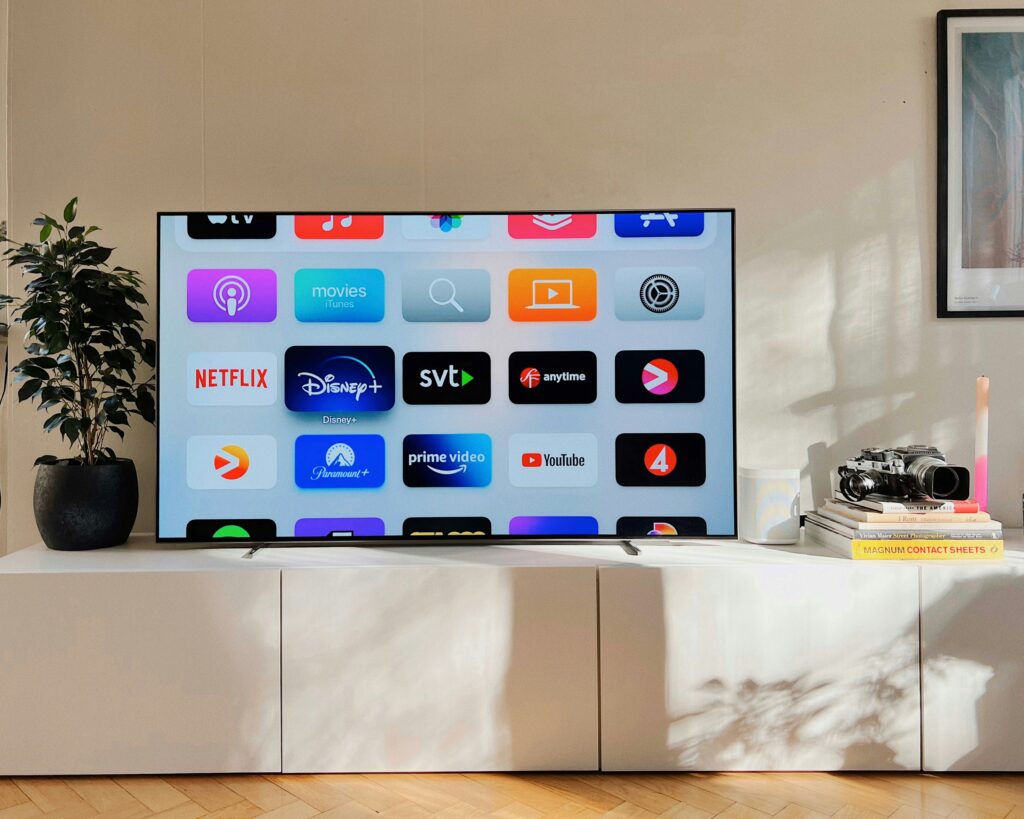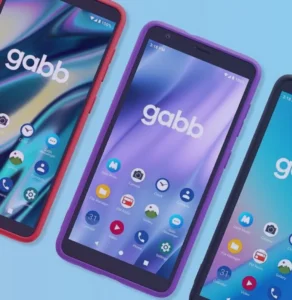Photo by Marques Kaspbrak on Unsplash
Welcome back to our CHANNELS series, where we’re going in depth on the most popular channels available to marketers today, and the pros and cons of using them for your business. Last week, we introduced you to CTV; today, we’re covering how to vet and buy CTV inventory.
What is CTV inventory?
CTV Inventory is the ad space that is available for purchase on connected TV devices. This inventory can be purchased at many points in the pipeline, and different percentages of inventory are available to be sold by the different players.
Connected TV ad spend grew 22% from 2020 to 2021, with advertisers spending on average $20 million for a combined $24.6 billion industry in 2023. The market is expected to grow to $42.4 billion by 2027.
Advertisers are choosing CTV for its increased targeting abilities over linear TV, which uses a “spray and pray” approach to reach customers; its ability to be brand safe; and its high-quality content offerings.
But if you want to take advantage of this channel, where do you start?
Who sells CTV inventory?
The umbrella term for companies offering advertising space are publishers. These companies sell advertising space during the shows you know and love. Publishers include:
Content Owners
Content Owners, such as MGM, Paramount, Nickelodeon, produce and own the shows and movies that we binge-watch after work. They make deals with streaming platforms to make those shows and movies available to subscribers.
App Owners
App Owners build, operate, and manage streaming platforms such as Netflix, Hulu, and Amazon Prime that deliver VOD content. App Owners are sometimes also Content Owners: Netflix, Hulu, and Amazon Prime produce their own original content.
App Store Owners
App Store Owners develop and run the marketplaces where users download streaming apps, like Apple’s App Store and the Roku Channel Store. Advertisers can pay to put their brand front and center on these platforms.
Each one of these publishers owns a piece of the advertising pie and has a percentage of ad space to sell. Buying from each link in the pipeline could lead to frequency issues, because these publishers are not always speaking to each other to ensure an ad is not being run too many times.

Photo by Oscar Nord on Unsplash
How do I purchase CTV inventory?
CTV inventory can be purchased programmatically or non-programmatically.
Non-Programmatically: The advertiser contacts the publisher directly and negotiates an insertion order for when your campaign will run for what price. This is a manual process, but you are able to gain more control over exactly when and where your campaign runs. However, when purchasing either linear TV or non-programmatically, you have less precise data on your potential customers, and limited targeting options. It also can be a less efficient way to spend your advertising budget.
Programmatically: The advertiser buys inventory via a Demand Side Platform (DSP). DSPs use real-time bidding, an auction method that references billions of data points to determine the best viewer for your campaign at that moment, based on your campaign goals. Through a DSP, you are able to more specifically target and efficiently spend your budget, increasing ROI.
Our proprietary platform ORION provides access to the top six market-leading DSPs with no minimum spend, letting you run CTV campaigns programmatically. Read more about ORION here.
What types of ad formats are available?
Pre-Roll
Pre-roll ads run before the content plays, priming the viewer to watch the video with your brand top of mind.
Mid-Roll
Mid-roll ads play in the middle of the video, similar to a commercial break during a linear TV program.
Post-Roll
Post-roll ads run after the video ends, giving your viewer a final impression of your brand and keeping it top of mind as they move to the next episode or activity.
Interactive
Interactive ads allow a viewer to take action from your ad, whether that is scanning a QR code, following a link, or providing feedback. Some ads allow viewers to scan a QR code and receive the webpage on their phone.
Skippable
Skippable ads play for usually three to five seconds, often pre-roll, before allowing the viewer to skip the remainder of the ad. This can give the viewer the feeling of control over their experience. It is essential that the advertiser create a compelling narrative in those five seconds in order to entice the viewer to watch the rest of the ad.
Non-Skippable
Non-skippable ads do not allow the user to skip the ad, so it’s important to make the ad compelling and keep it to around 15-30 seconds so they do not feel frustrated at your brand.
How do I choose CTV inventory?
When looking for CTV inventory, you’ll come across the terms Premium and Non-Premium inventory.
Premium is a bit of a buzzword, with no enforced standards across the industry. Many publishers will advertise their inventory as “premium.” However, generally speaking, what is considered a premium supplier is a well-known, prime time, pay-walled site: think Hulu, The New York Times, Netflix, The Wall Street Journal.
However, it’s important to consider the performance of your advertisements, rather than simply buying inventory because it is listed as premium. Your ads will perform better if you’ve reached your audience, no matter where they are. For example, if your audience doesn’t watch Breaking Bad, it’s not really in your best interest to buy inventory during that show.
Finding out what your premium inventory is requires you to do a bit of research on where your customer is, and what shows they are watching.
Fortunately, you can take advantage of the data options provided by DSPs to discover your customers, and find more context on them, as well as other places that you will be able to reach them in the future.
How do I vet before I purchase?
Some items to consider when purchasing advertising inventory directly from a publisher, through a DSP, or through an agency:
Brand Safety
Ensure that the publisher, agency, or DSP that you are purchasing from lets you select or veto on which shows your ads are being run, so you are being displayed alongside content that is brand safe.
Fraud Prevention
Ask your partner about the cybersecurity measures that they have in place to protect against fraud. Digital advertising fraud is increasingly prevalent, but there are measures you can take to protect yourself against it.
Ability to Measure
Check what kinds of reporting and analytics that your partner provides for your CTV campaigns. The most important part of any ad campaign is knowing how it performed, so it’s essential to work with a partner who will provide detailed metrics, such as the ones discussed above. Even better if your partner provides optimization throughout the campaign, which is possible using a DSP.
The bottom line to consider in any partner is Transparency. Are they offering explanations, analytics, and updates throughout, and are they upfront during the sales process about what they can and cannot offer? Ensure that your partner has answers to the above questions—this will help ensure that you’re working with a trusted and competent company.
Interested in using programmatic advertising to take your campaign to the next level? Reach out to our team to see if CTV is the right channel for your audience.
Enjoying this series? Sign up for our newsletter for next week’s channel, available on this page. See you there!






